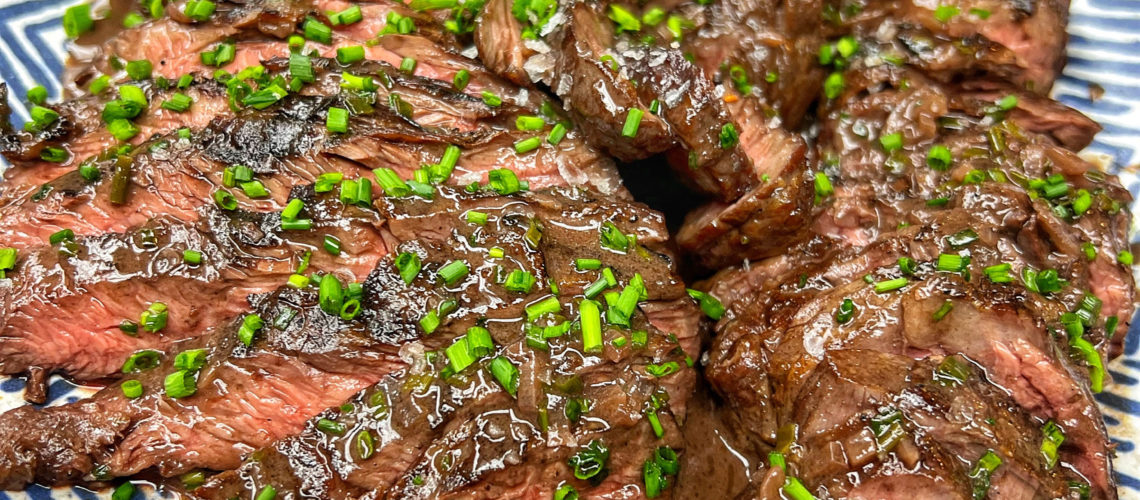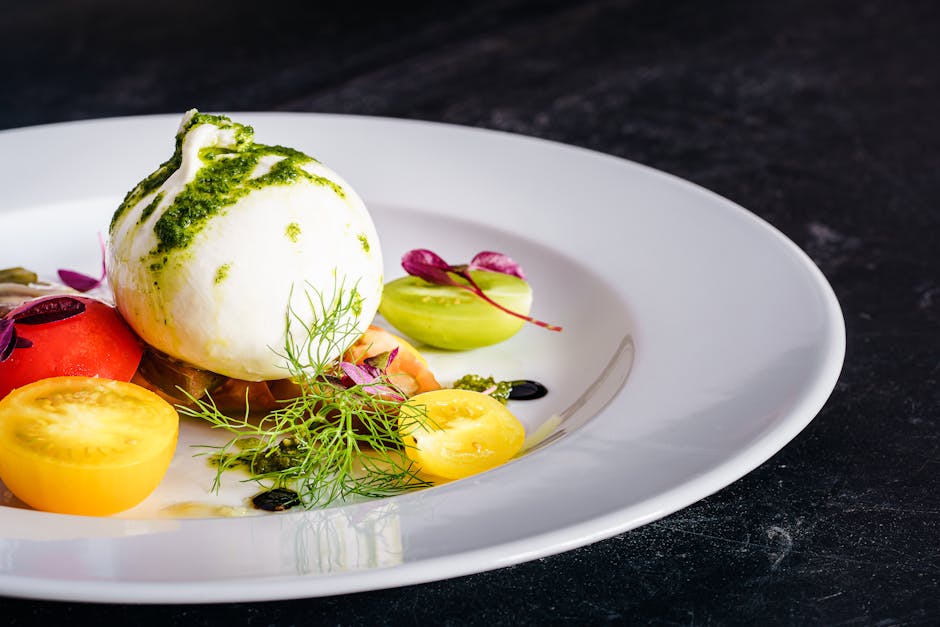A Beginner’s Guide to Navigating Cuisine Variety in the Kitchen

Understanding cuisine variety
Cuisine variety refers to the diverse range of styles and flavors in cooking. It is essential for beginners to explore different cuisines to expand their culinary skills. By experimenting with various cooking techniques, ingredients, and cultural influences, you can create exciting and unique dishes. This not only adds interest to your meals but also broadens your understanding and appreciation of different food traditions. Embracing cuisine variety allows you to develop a versatile cooking style and discover new tastes and textures.

Exploring different types of cuisine
If you’re interested in exploring different types of cuisine, there are countless options to choose from. Whether it’s Italian, Mexican, Chinese, or Indian, each cuisine offers a unique set of flavors, cooking methods, and ingredients. By experimenting with various cuisines, you can expand your cooking skills, discover new favorite dishes, and broaden your culinary horizons. Venturing into diverse cuisines allows you to develop a well-rounded palate and gain a deeper understanding of global culinary traditions.
Benefits of embracing culinary diversity
Embracing culinary diversity in your kitchen can expand your cooking skills and introduce you to new flavors and ingredients. It allows you to appreciate different cultural traditions and can lead to a more well-rounded palate. Experimenting with a variety of cuisines can also provide a wider range of nutrients and health benefits. Additionally, it can bring excitement and creativity to your meals, making the cooking and dining experience more enjoyable and fulfilling. So, don’t be afraid to step out of your comfort zone and explore the vast array of culinary options available to you!
Incorporating international flavors in your dishes
To incorporate international flavors into your dishes, start by experimenting with different herbs, spices, and condiments from various cuisines. Consider trying out recipes from different countries to get a feel for the unique flavors and ingredients they use. Expand your pantry with staple items like soy sauce, curry paste, and garam masala to add depth and complexity to your dishes. Don’t be afraid to mix and match flavors to create your own fusion dishes. Experimenting with international flavors will not only broaden your culinary horizons but also add an exciting twist to your everyday cooking routine.
Experimenting with new ingredients and spices
When experimenting with new ingredients and spices in the kitchen, it’s important to start small and gradually expand your repertoire. Try adding one new ingredient or spice at a time to avoid overwhelming your dishes. Use online recipes and tutorials to learn about different flavors and how to incorporate them into your cooking. Consider joining a cooking class or workshop to get hands-on experience and guidance. Keep track of what you’ve tried and how it turned out, so you can gradually build your confidence and skills in using a wide variety of ingredients and spices.
Learning about cultural influences on food
Cultural influences play a big role in the dishes we prepare. Different countries have unique spices, cooking methods, and ingredients that impact the flavor of their cuisines. For example, Mexican cuisine often features bold, spicy flavors from chili peppers, while Japanese dishes frequently highlight fresh, raw ingredients like sushi and sashimi. Understanding these cultural influences can help you diversify your cooking skills and expand your palate.
Making the most of local and seasonal produce
When cooking, using local and seasonal produce offers the freshest and most flavorful ingredients for your dishes. Here’s how to make the most of local and seasonal produce in your kitchen:
-
Freshness: Local and seasonal produce is often fresher, as it doesn’t have to travel long distances to reach your kitchen. This freshness can enhance the flavor and quality of your dishes.
-
Supporting Local Farmers: Buying local and seasonal produce supports local farmers and promotes sustainability in your community. It also allows you to connect with the people who grow your food.
-
Cost-Effective: Local and seasonal produce can be more cost-effective than imported or out-of-season items. Plus, it’s an opportunity to experiment with new ingredients and flavors.
-
Nutritional Benefits: Local and seasonal produce is often harvested at its peak ripeness, meaning it may contain higher levels of essential nutrients compared to produce that has traveled long distances.
By utilizing local and seasonal produce, you can add depth and variety to your cooking while supporting your local community and prioritizing freshness and flavor.
Navigating dietary restrictions and preferences
Navigating dietary restrictions and preferences can be challenging, but with the right approach, you can still enjoy a diverse range of delicious meals. Here are some tips to help you navigate through different dietary needs:
-
Start by familiarizing yourself with common dietary restrictions like gluten-free, dairy-free, vegetarian, and vegan.
-
Experiment with alternative ingredients and explore new recipes to accommodate various dietary preferences.
-
Communicate with guests or family members about their dietary needs before planning and preparing meals.
-
Be open to trying new foods and exploring different cuisines that align with specific dietary requirements.
By being mindful and open-minded, you can navigate through various dietary restrictions and preferences while still enjoying a wide array of culinary experiences in the kitchen.Creating fusion dishes with a twist
If you’re looking to spice up your cooking routine, fusion dishes are a great way to mix different culinary traditions. By combining ingredients and cooking techniques from various cultures, you can create exciting and unique flavors. Some popular fusion dishes include sushi burritos, Thai tacos, and kimchi quesadillas. Experimenting with fusion dishes can be a fun way to explore new flavors and broaden your culinary horizons. So, don’t be afraid to get creative and try adding a twist to your favorite recipes!
Summary: Embracing a world of flavors in your kitchen
Embrace a variety of flavors in your cooking by experimenting with ingredients from different cuisines. Incorporate herbs and spices, such as cumin, coriander, and turmeric, to introduce new and exciting flavors. Try cooking traditional dishes from different cultures to expand your culinary horizons and create diverse meals. Utilize fresh, seasonal produce and explore local markets to find unique ingredients for your dishes. Embracing a world of flavors in your kitchen will allow you to develop a deeper appreciation for the rich diversity of global cuisine.
Pingback: acheter kamagra sans ordonnance livraison le lendemain
Pingback: buy enclomiphene cost at walmart
Pingback: Next day delivery androxal with no script
Pingback: buying dutasteride non prescription online
Pingback: how to buy flexeril cyclobenzaprine cheap from india
Pingback: get gabapentin generic side effect
Pingback: how to buy fildena purchase online canada
Pingback: ordering itraconazole generic equivalent
Pingback: cheapest buy avodart purchase online canada
Pingback: purchase staxyn buy generic
Pingback: online order xifaxan price new zealand
Pingback: rifaximin online pharmacy
Pingback: nejlepší cena na kamagra